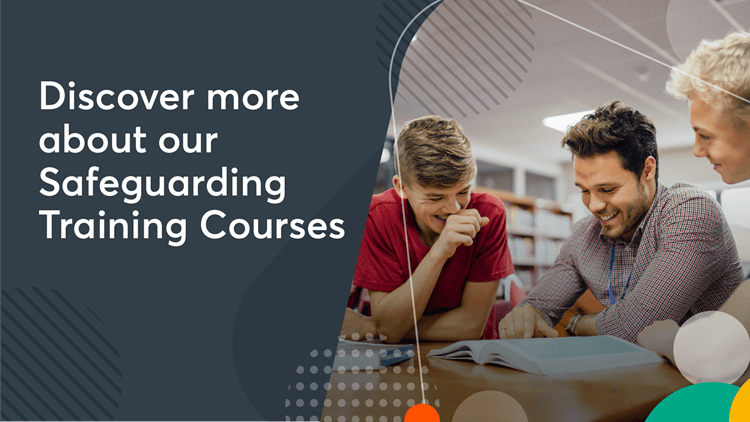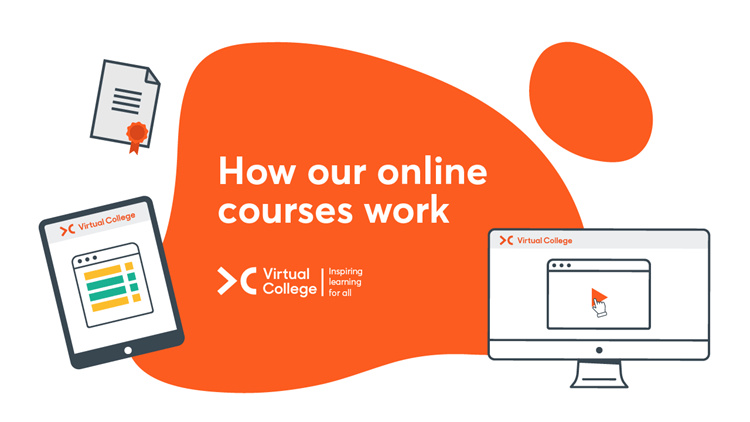Safeguarding Adults Level 2 Course
Our Safeguarding Adults Level 2 course explores the signs and symptoms of abuse and how to reduce this risk of abuse. Discover what to do if abuse is suspected as well as the importance of whistleblowing and multi-agency cooperation.
Course Overview
Format
- Level 2
- 1-2 Study Hours
- Online Study
- Self-Printed Certificate
Accreditation
- 3 CPD Points
- CPD Certified
Course description
When it comes to safeguarding adults and minimising the risk of abuse and neglect, there are a number of important responsibilities involved for those who may encounter vulnerable adults within their role.
Our safeguarding adults level 2 training addresses these responsibilities and gives learners a deeper understanding of key safeguarding topics enabling them to apply the knowledge to their workplace.
It introduces safeguarding as a topic, covering jargon, multi-agency working and best practice, as well as explaining how to identify the signs and symptoms of abuse, what to do if someone discloses information, and what you should do if you suspect a vulnerable adult is being abused.
We also offer Safeguarding Adults Training at Level 3
Unsure if you require Level 2 or 3 Safeguarding Adults training? Check out our short guide to find the course that best matches your needs and requirements here.
It is a statutory requirement for anyone who works with vulnerable adults to have up-to-date knowledge of safeguarding policies, legislation and guidance so they can proactively focus on keeping them safe from harm and maintain the ability to act on any concerns about their safety and welfare.
This course comprises twenty components, including an overview of safeguarding, definitions of specific terms and jargon, multi-agency working, the types of abuse and how to recognise it.
This course also covers key topics such as FGM, trafficking, and safer recruitment to ensure learners have a well-rounded understanding of key safeguarding areas. This ensures learners are equipped with the knowledge need to spot potential abuse in a wide range of forms.
As we recognise that roles and responsibilities differ, the information in the course regarding how to deal with abuse is tailored to the needs of a Level 2 learner. We have used immersive real-world scenarios to bring the responsibilities to life, enabling the learners to apply the techniques and learning in their workplace.
What does this Level 2 Safeguarding Adults training course cover?
The aim of this training is to develop an understanding of safeguarding adults, making sure you have up-to-date knowledge of safeguarding policies, legislation and guidance, and how you can reduce the risk of abuse.
| Module | What it includes |
| Understanding Safeguarding | We look into the definitions of Safeguarding, why vulnerable adults must be protected from abuse, a video overview of the topic and explain why a safeguarding framework is needed. |
| What is Abuse? | You will learn about the different categories of abuse, what abuse actually is, who may experience it and how it can be recognised. This will help make you aware of the indicators of abuse to look out for. This section also explains your responsibilities when it comes to recognising and reporting abuse and who might perpetrate abuse. |
| Adults at Risk | This section delves into what is meant by the term adult at risk, as well as looking at who is risk of harm and the six key principles listed in the Care Act 2014. |
| Categories and Types of Abuse | Here we look at the 10 different categories of abuse, including an interactive challenge, what they are and the signs and symptoms of them. This section also includes an interactive case study where you decide which actions to take and what types of abuse have occured. |
| What is neglect? | The course moves on to explain what neglect is, how to identify it, what to do if you suspect it and common examples of it. Also given here is three case study examples of physical neglect and interactive challenges on neglect and omission and how to identify the types of neglect. |
| Social Services | You'll learn about the role and responsibilities of social services. We also explore multi-agency working and duty to share information. |
| Injuries | Injuries can be caused by accident but it is vital for safeguarding professionals to be able to identify non-accidental ones. Here the course looks at the signs of non-accidental injuries, what repeat injuries are and common examples of them. Bruising patterns are another important thing to look for and the course shows common examples of them. Also covered in this section is inherently suspicious injuries with details examples and burns and scalds. |
| Types of Abuse | This section details the signs of sexual abuse, the different types of sexual abuse, what discriminatory abuse is and examples and scenarios of it. Another type of abuse is economic/financial abuse, this section explains the traits of it, the signs that someone might be experiencing it and how to identify those at risk of it. Finally this section delves into what organisational abuse is including examples of it, the signs of it and two interactive challenges to help explain how you can identify it. |
| What is Self-Neglect? | Vulnerable adults may be prone to self-neglect so it is important that it is addressed and understood. This section explains what self-neglect is, examples of it and an interactive case study helps explain it with real life scenarios. |
| Modern Slavery | This part of the course details what modern slavery is, provides common signs that adults might be a victim of it and an interactive case study provides a real life scenario of what you would do if you spotted a case of modern slavery. |
| Reporting Abuse | Reporting abuse is a vital part of the role and here we explain your responsibilities, the indicators of abuse, what to do if an adult discloses information, the processes to follow when dealing with a disclosure, what to do if you suspect abuse, how to help adults who you suspect are subject to abuse, how you suspicions will arise and how to support your wellbeing when dealing with a case of abuse. |
| Multi-Agency Working | This part of the course looks at what multi-agency working is, how it helps safeguarding vulnerable adults, aims and achievements of it, an example of an historic failing of multi-agency working, the approaches of multi-agency working, what the multi-agency safeguarding hub is and the roles and responsibilities of safeguarding agencies. Also detailed here is integrated care and how it can help vulnerable adults who need it. |
You will learn
- Understand why safeguarding is important
- Recognise the signs and symptoms of abuse
- Know what to do if an adult discloses information
- Know how to help adults who you suspect are subject to abuse
- Recognising and reporting unsafe practices
- Understand the importance of multi-agency working
- Understand the roles of agencies in multi-agency working
Who is it for?
Roles including:
- Safeguarding teams
- Reception managers
- GP Practice safeguarding administrators
- GP practice managers
- Clinic reception managers
- Healthcare students
- Healthcare professionals










/safer-recruitment.jpg?mw=320&hash=A2BB5E144C89C295EC10C63680F69F39C4C3E566)













